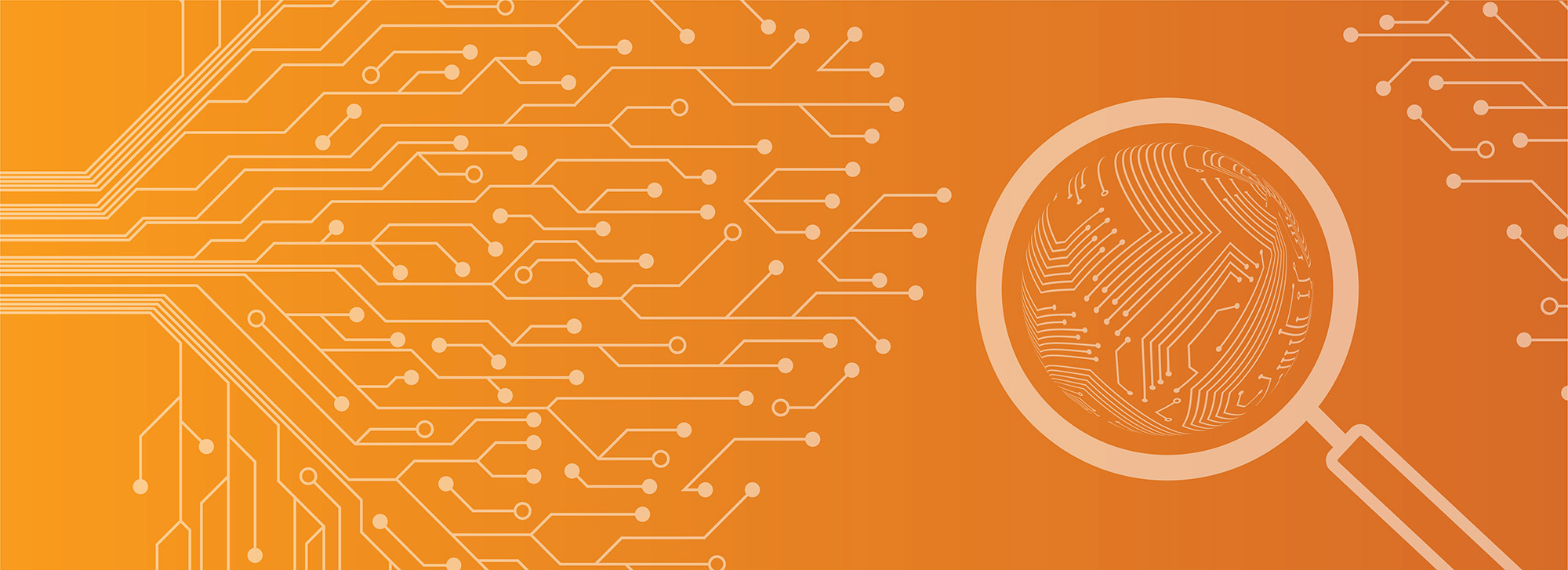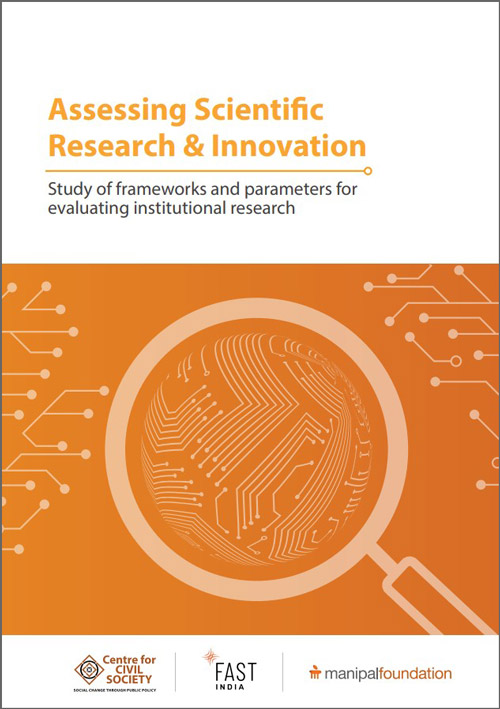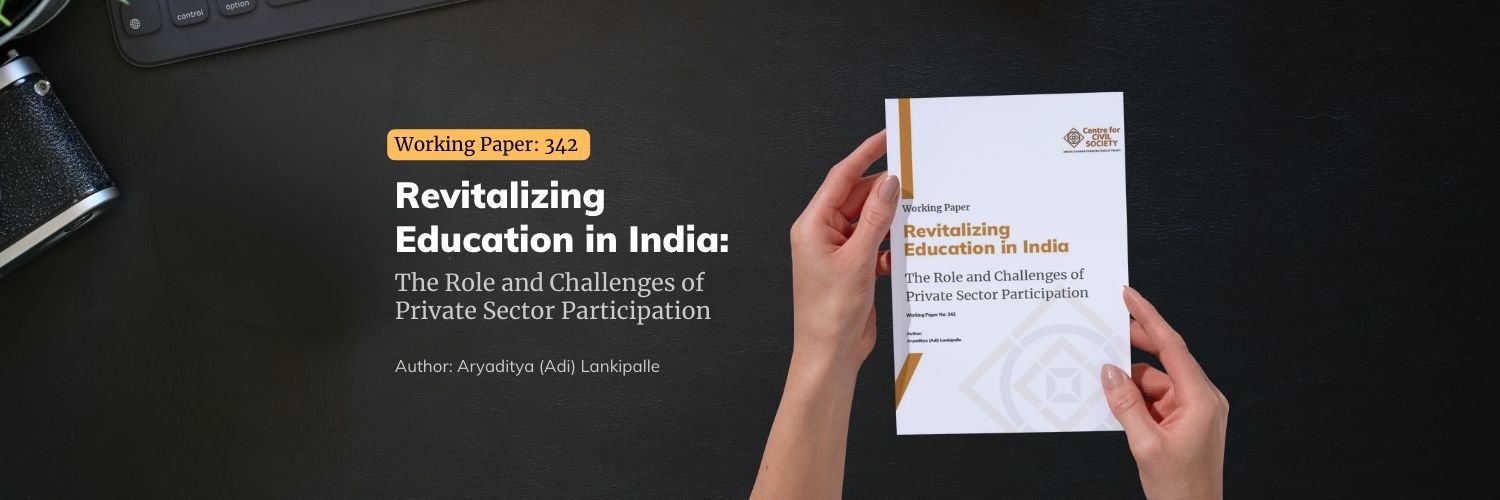Innovation can broadly be understood as a process of technological advancement, typically accompanied with economic, social, and cultural changes that denote improvement in a particular sphere of existence. The process of innovation is closely aligned with academic research and knowledge production across different disciplines, with scientific and technological innovation constituting a big part of this process. Innovation is also often viewed as a driver of economic growth, and is thus given priority status within market economies. The relationship between scientific research and innovation is key to understanding how different regions and countries are able to effectuate improvements in quality of life.
Paul Romer (1990) highlights the role of endogenous technological change in innovation, positing that technological change arising from investment by profit�maximising agents is central to achieving economic growth. On the other hand, publicly funded scientific research is also considered an essential feature of effective national innovation systems (OECD 2015). Both public and private sources of scientific R&D are prominent contributors to innovation. Higher education institutions (HEIs) are a third prominent contributor to innovation-oriented research, and themselves draw funding from both public and private sources. In its Main Science and Technology Indicators (MSTI) database, the OECD (2021) offers a comparative look at member countries’ government expenditure on R&D (GOVERD), higher education expenditure on R&D (HERD), and business expenditure on R&D (BERD). While GOVERD was notably higher than HERD and BERD from 1997 to 2006, this trend saw a shift in 2007, when all three forms of expenditure stood at approximately the same. As of 2018, HERD had grown substantially compared to GOVERD, and BERD stood higher than both other forms. These statistics imply that there are significant shifts and interplays in these sources of funding for scientific R&D, and that understanding how innovation functions at the country level entails devising parameters that can encompass all of them.



